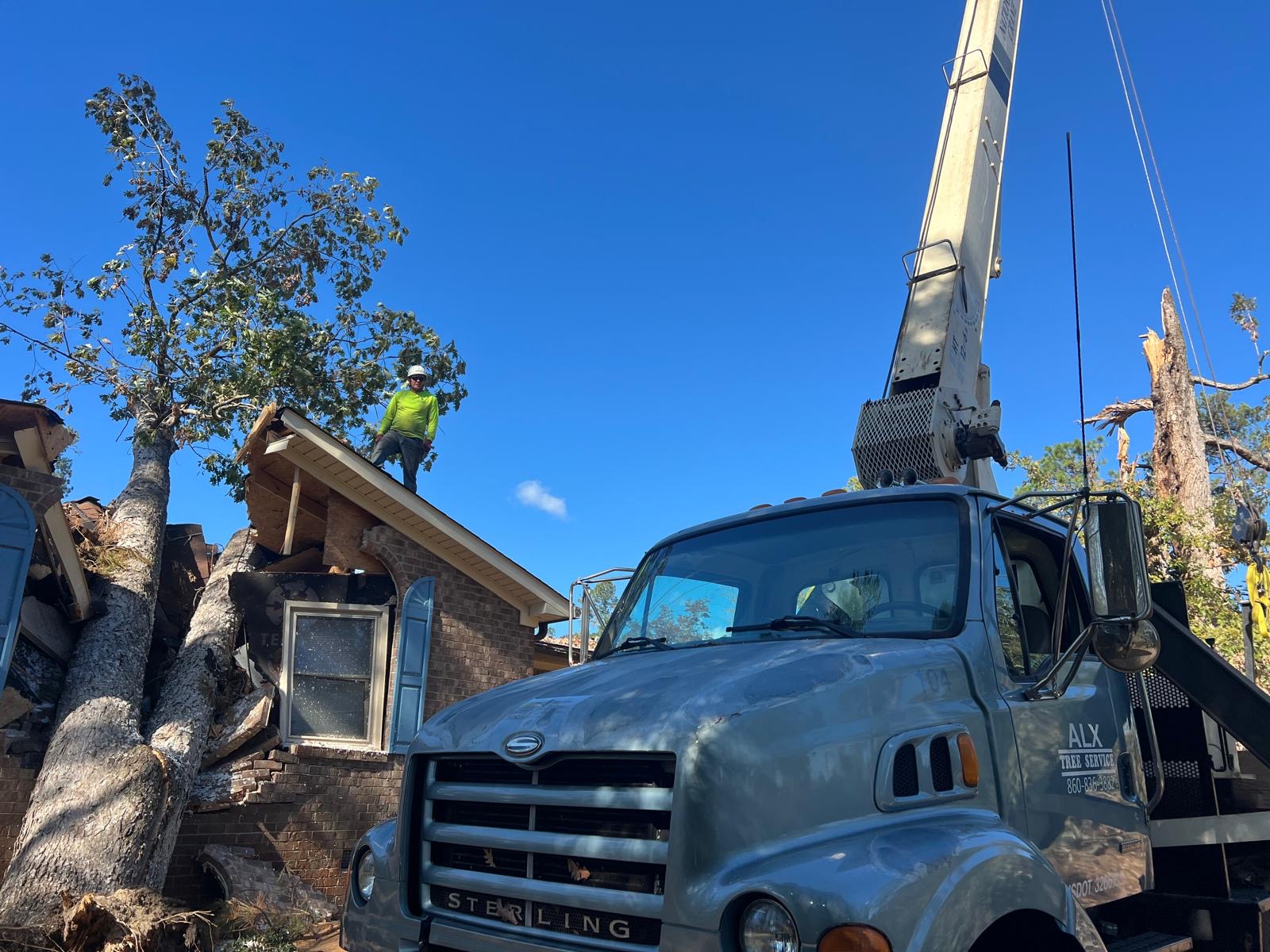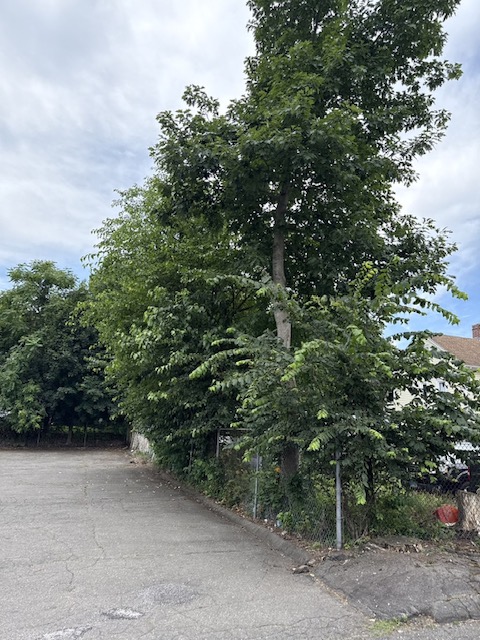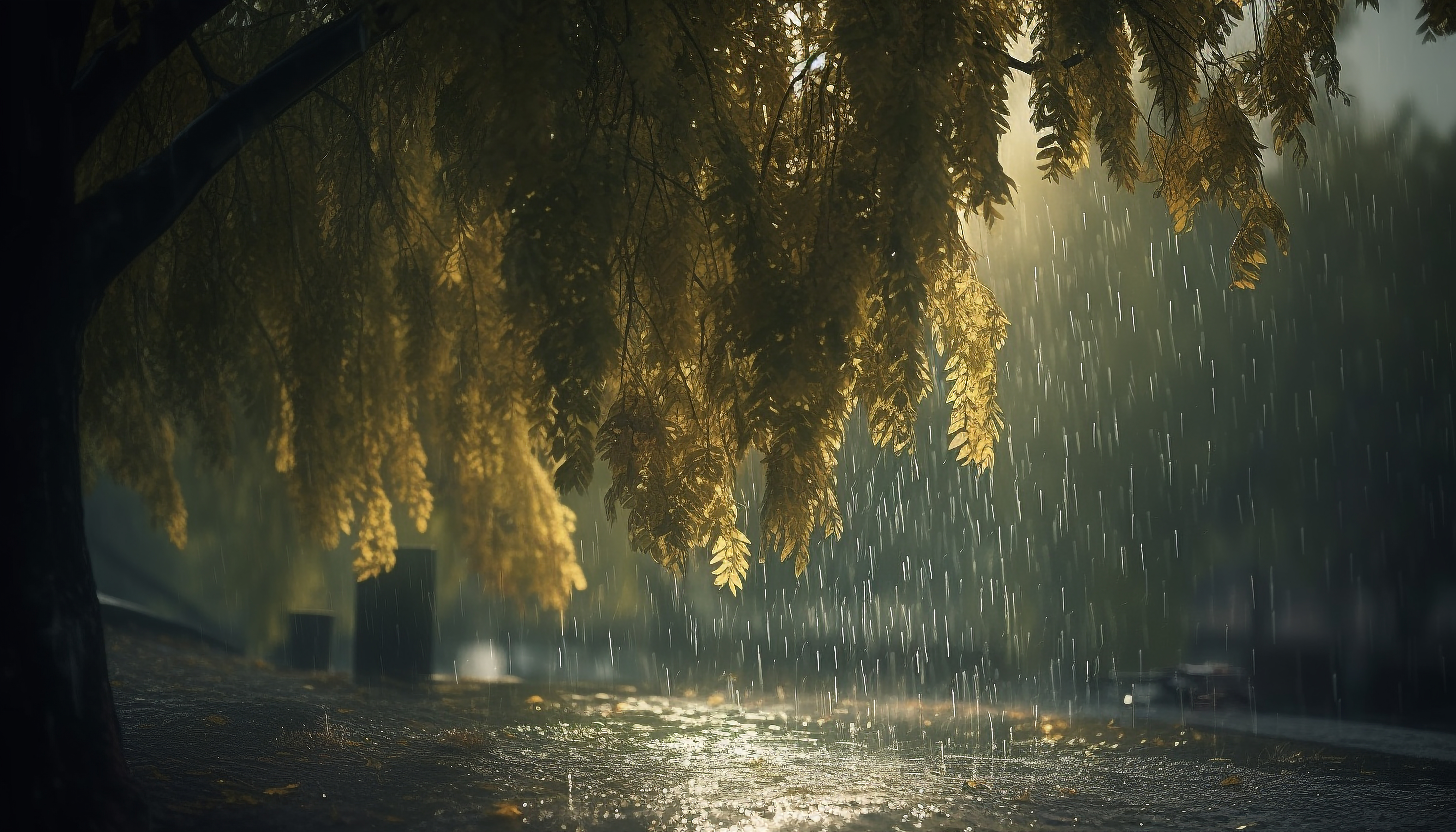Understanding the Recent Indiana Tornadoes: Causes, Impacts, and Preparedness
By Tree Emergency Expert
Tree Emergency Expert

The tornadoes in Indiana underscored the importance of preparedness and community resilience. Grasping the causes and impacts of such events and taking proactive measures—especially when it comes to tree maintenance—can significantly reduce risks.
Understanding the Recent Indiana Tornadoes: Causes, Impacts, and Preparedness
In early April 2025, Indiana faced a series of devastating tornadoes that left communities reeling. The National Weather Service confirmed multiple tornadoes across the state, including an EF-2 tornado near Brownsburg with winds reaching 111-135 mph. These storms resulted in significant damage, power outages affecting over 100,000 residents, and prompted Governor Mike Braun to activate the Indiana National Guard for recovery efforts.
Causes of the April 2025 Tornadoes
Tornado formation is complex, but certain atmospheric conditions set the stage for these violent events. In this instance, a potent low-pressure system moved through the Midwest, creating an environment ripe for severe thunderstorms. Key factors included:
Warm, Moist Air: Unseasonably warm temperatures allowed dank air from the Gulf of Mexico to surge northward, increasing instability.
Strong Wind Shear: Variations in wind speed and direction with altitude contributed to the development of rotating thunderstorms capable of producing tornadoes.
Frontal Boundaries: The interaction of cold and warm fronts acted as a catalyst for storm development, leading to the severe weather outbreak Impacts on Indiana Communities
The tornadoes' impact was profound:
Structural Damage
: Homes and businesses, particularly in areas like Brownsburg and Carmel, suffered extensive damage.
Entire neighborhoods were left unrecognizable as winds ripped roofs off buildings and shattered windows.
Power Outages: High winds led to downed power lines, leaving over 100,000 residents without electricity.
Many outages were caused by fallen trees knocking out transformers and electrical grids.
Tree Damage: Tornado-strength winds snapped massive trees in half, uprooted centuries-old oaks, and sent debris flying. Fallen trees blocked roads, crushed vehicles, and damaged homes, making rescue and recovery efforts even more challenging.
Casualties: Tragically, there were fatalities and injuries reported across the state, many of them resulting from falling trees and flying debris.
The Role of Trees in Tornado Damage
While trees provide beauty and environmental benefits, they can become hazards during extreme weather. In the April 2025 tornadoes, thousands of trees were either completely uprooted or had large limbs torn off, leading to:
Home and Vehicle Damage: Many homes suffered roof collapses or shattered windows from falling limbs.
Cars parked in driveways or on streets were crushed under massive trunks.
Blocked Emergency Routes: Major roads and residential streets were left impassable due to fallen trees, delaying emergency response and utility repairs.
Power Grid Failures: The majority of power outages stemmed from trees falling onto power lines and transformers. Restoration efforts took longer as crews had to first remove the debris before fixing electrical systems.
Preparedness: Steps to Safeguard Against Future Tornadoes
Preparation can make a notable difference when tornadoes strike. Here are actionable steps to enhance safety:
Develop a Safety Plan: Identify the safest area in your home, such as a basement or interior room on the lowest floor, away from windows. Ensure all family members are familiar with this plan.
Assemble an Emergency Kit: Stock essentials like water, non-perishable food, flashlights, batteries, a first aid kit, and necessary medications.
Stay Informed: Utilize reliable weather apps, NOAA weather radios, or local news outlets to receive timely alerts and warnings.
Conduct Regular Drills: Practice your tornado safety plan periodically to ensure everyone knows the procedures during an actual event.
Secure Property: Trim trees, remove dead or weak limbs, and keep large branches away from power lines and structures. Investing in professional tree assessments can help identify potential risks before severe weather hits.
Post-Storm Tree Inspection: After a storm, assess the trees around your home for damage. Hanging or partially broken limbs can be a serious hazard and should be removed immediately by professionals.
Final Thoughts
The tornadoes in Indiana underscored the importance of preparedness and community resilience. Grasping the causes and impacts of such events and taking proactive measures—especially when it comes to tree maintenance—can significantly reduce risks. By trimming trees, reinforcing structures, and having a solid emergency plan, Hoosiers can better protect themselves and their communities in the future.
If your property suffered tree damage during the storm, contact a professional tree service such as 1 Tree Emergency to safely remove hazards and prevent future issues. A little preparation today can mean a safer tomorrow.
Share this article:
Related Articles

How Advanced Equipment Speeds Up Emergency Tree Removal
When a tree crashes through your roof or takes out a power line, you don’t have time for delays. You need answers. Fast. And more importantly, you need a crew with the right tools—not just a chainsaw and a pickup. At 1 Tree Emergency, we specialize in high-stakes, high-speed tree removals. What sets us apart? We come equipped. Literally. With advanced equipment like spider lifts, cranes, grapple saws, and remote-controlled rigs, we can tackle dangerous removals faster, cleaner, and without causing more damage to your property.

Is a Leaning Tree an Emergency? Signs It’s About to Fall
A leaning tree can be nothing. Or it can be an imminent, 10,000-pound disaster. And knowing the difference? That can save you thousands of dollars—or your roof.

How Straight-Line Winds in Media, PA Create Hidden Tree Hazards
Straight-line winds aren’t tornadoes. But they pack the same destructive punch. These winds, often part of fast-moving thunderstorms called derechos, blast in one direction—hard and fast. Speeds regularly hit 60 to 100 mph.
Need Emergency Tree Service?
Our team of certified arborists is available 24/7 to handle any tree emergency.